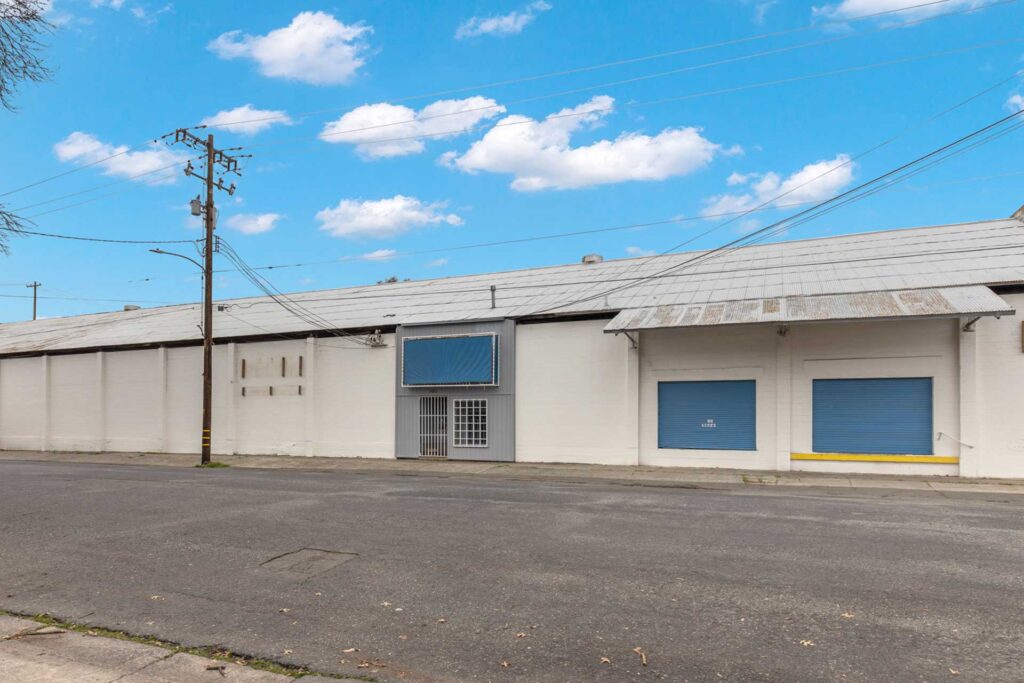Congratulations. You’ve started and built a successful food truck business, but your ambitions have outgrown your mobile operation. Now you’re considering taking things to the next level and bringing your food truck to a permanent brick and mortar location.
Luckily, all of the long hours and work you’ve put into your food truck can be transferred to a brick and mortar establishment; your brand, reputation, and food can all be used as equity.
But what else do you need to do to successfully establish your food truck as a successful restaurant? We’ve put together our top five list of to-do’s to help you make the transition smoothly and successfully from a food truck business into a full-scale restaurant.
“Operating a successful food truck takes a tremendous amount of skill and hard work,” said Joe Blanton, Capital Rivers Commercial restaurant specialist and co-founder of Krush Burger International. “If you can make it as a food truck operator you can make it anywhere. Growing your business to a traditional brick and mortar location will require tackling a few new challenges, but trust me, you can do it.”
1. Be ready
This may seem obvious, but there are some definite indicators to identify before you decide to make the transition. It takes more than a feeling to know you’re ready to go from a mobile business to a brick and mortar restaurant.
Is there a demand? Do you have loyal repeat customers that seek you out for your offerings? Is there a strong and consistent word of mouth buzz about your food truck? If you answered “yes” to each of these, you might be ready because you need these repeat customers to maintain the more expensive operation of a full-scale restaurant.
If not, continue to operate your food truck a bit longer and focus on building your brand awareness, creating new and exciting products that generate a buzz, test other smaller ways of expanding (like event catering, delivery options, or a second food truck). Success in these ways will help lay the foundation for your brick and mortar.
Tip: The other great thing about having an engaged audience is the ability to ask them questions. Ask for feedback and suggestions as well as collect information on what parts of town your customers live and work in. Find out if they’re interested in accessing your business in a new, more permanent location. This is a great way to test the waters to see if bringing your food truck indoors is a viable idea.
2. Create systems for your business
You might have some systems in place for your food truck operation, but not all of those systems will translate to your brick and mortar.
Research and spend the time to make sure you get a high-quality point of sale system (POS) because it’s a vital component to your new business. Square and other mobile payment systems won’t cut it anymore. A good POS will not only track your revenue but maintain the vitals of your business by keeping track of inventory, labor, and more which are key to monitoring the health of your restaurant.
Have quality-control measures in place to ensure that the same high quality you had on your food truck is maintained in the restaurant. Know the flow of all the activities from the moment a customer enters your restaurant to the moment they walk out the door to provide that consistent quality customer experience every single time. Don’t take your customers’ loyalty for granted – disgruntled previously loyal customers can quickly become past customers and they aren’t afraid to express their disappointment on social media or by word of mouth. Always continue to hold yourself and the staff to high standards, don’t become complacent, continue to innovate, and stay true to your culture that led to the success you had with your food truck business.
Tip: Organizations like the California Restaurant Association offer access to great resources including current information on local, state and federal laws, training programs, legal advice, and industry events.
3. Create a solid business plan
As you know from creating your food truck business, a solid business plan is the key to your dream of successfully scaling up. This is the blueprint for visualizing your new restaurant business and will also help or even be necessary when seeking capital from lenders, investors, or partners.
There are several resources available online, and community assets like the Small Business Association or Sacramento-area Chambers of Commerce that offer classes or mentoring. Work with a commercial real estate broker specializing in restaurants who’s well connected in the area to help you network with the right people.
4. Seek capital
It should come as no surprise that owning a restaurant requires a significantly larger amount of capital than a food truck. In fact, according to Restaurant Engine, the average start-up cost for a typical brick and mortar is anywhere from $275,000 to $425,000, but in California those costs can be even higher. If you’re able to continue to operate your food truck while you open the restaurant that will eventually give you two revenue generators as well as provide additional brand recognition. For additional capital, look to commercial banks, credit unions, investors or even your point of sale and payment processing partners.
There are also additional investments to consider when moving your food truck indoors:
- Technology: Barebones technology may have worked for your food truck, but a restaurant requires a more robust and reliable POS system as previously mentioned, inventory management, guest feedback options and more to help you run your business efficiently.
- Licenses and permits: As you know from owning a food truck, there’s a lot of paperwork involved with owning a restaurant. Do the research on which licenses and permits are generally required (i.e. business license, health department license, building permit) and which depend on your concept (i.e. liquor license).
- Facility and equipment: You’ll likely need additional equipment for your new restaurant, as well as investing in the infrastructure of your new facility, in order to ensure a positive customer experience. Work with a local restaurant equipment specialist and make sure you have the systems that will allow you to be efficient and maintain quality.
- Staffing: Larger location = larger staff. But before you go on a hiring spree, make sure you have a clear understanding of exactly what positions you need to fill based on your critical needs and budget.
5. Location, location, location
The flexibility of a food truck is one of the many perks of that business model, which is why it’s so important to do your research before deciding on your restaurant’s location. Additionally, the rent expense as well as additional occupancy costs such as taxes, insurance and common area maintenance expenses add up quickly so it’s critical to make sure your projected sales can sustain a healthy occupancy cost.
As a rule of thumb your total occupancy cost (i.e. base rent, NNN expenses – taxes, insurance, common area maintenance expenses) should be between 10% to 12% of your total gross annual sales.
Your total occupancy cost should be 10% to 12% of your annual gross sales
For example, if you are looking at a space and the base rent is $43,000 per year plus the (NNN’s) which are $5,000 per year for a total occupancy cost of $48,000 per year then your restaurant should at least be producing $480,000 in annual gross sales ($43,000 + $5,000) = $48,000 / 10% = $480,000. It’s easy to let your occupancy cost control and drag down your business, so focus on the numbers and find a space that works for your concept.
Start by utilizing what you know about where your product has historically sold best and couple that with research on your potential location’s demographics, market and competition in the area. A good commercial real estate broker, and particularly one with experience in restaurants, will understand what you need and help you navigate the process. They should also work with you to ensure your lease agreement takes into consideration important factors such as personal guarantees, tenant improvements, free rent, signage rights, outdoor seating rights, limits on common area expenses and/or taxes, exclusive use provisions and more.
Tip: Take your time to make sure the space is what you need and the numbers work. It’s easy to jump into a space because you are eager to get started but do your due diligence and work closely with your commercial real estate broker, accountant, and other advisors.
Starting a business takes courage and perseverance, and moving your food truck business indoors to a brick and mortar location is no different. In addition to all the items we just outlined, having the right mindset and support team in place that you can trust to bring your dream to life is paramount. Now go out, and make your dreams happen.
Looking for a specialist to take your Food Truck business to the next level? Speak with the experienced team at Capital Rivers today.




